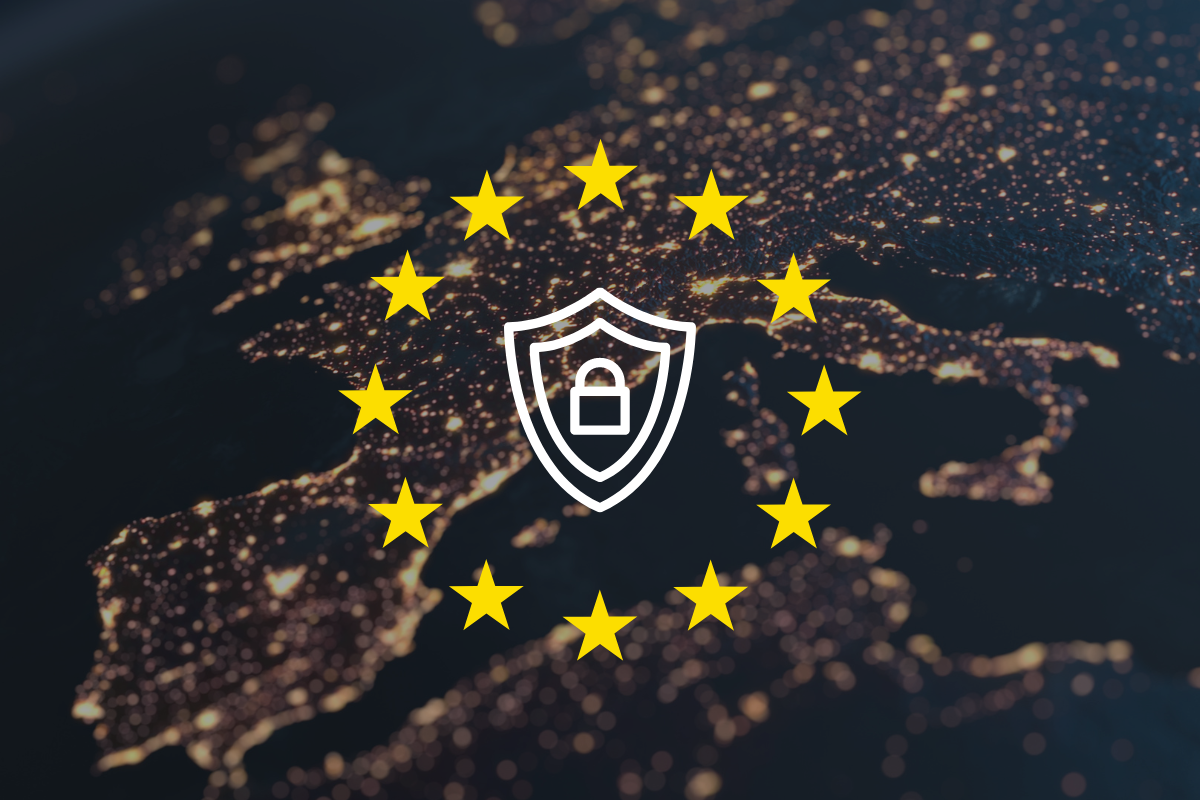The recent enhancement of the EU's cybersecurity framework through the NIS2 Directive marks a significant shift in network and information systems security landscape. Mark Butler, Managing Partner at HLB Ireland, an advisory firm that recently expanded its services to include cybersecurity, sheds light on the pivotal aspects of NIS2 and its implications for corporate governance.
Overview of the NIS2 Directive
NIS2, which stands for the second Network and Information Security Directive, broadens the scope of its predecessor to include a wider range of sectors and imposes stricter security requirements and incident reporting obligations. This legislative update reflects the EU's commitment to bolstering essential services' security against rising cyber threats.
The Expanded Scope of NIS2
Under NIS2, the array of entities classified as essential or important is broader, encompassing sectors such as digital infrastructure, energy, transport, health, and certain providers of digital services.
Mark explains, "With the expanded scope of NIS2, many more organisations will find themselves under the mandate of these rigorous security and incident reporting guidelines. This includes entities not previously covered, necessitating a significant adaptation process for compliance and enhanced security measures."
Implications for Boards and Executive Teams
Board members are responsible for overseeing and guiding an organisation's strategic direction and governance. They are tasked with making high-level policy decisions and setting long-term objectives that align with the organisation’s mission and stakeholders' interests. Their duties include financial oversight, ensuring legal and ethical compliance, and evaluating the performance of senior management. Board members also play a crucial role in risk management, including identifying, assessing, and mitigating potential risks that could affect the organisation. Additionally, they are responsible for fostering a culture of accountability and transparency, and they must remain informed and proactive in addressing challenges and opportunities that the organisation faces.
The directive's emphasis on a high level of security across the EU requires active engagement from company boards. Mark highlights the need for a strategic approach: "Board members must be proactive in understanding and managing cybersecurity risks as dictated by NIS2. It’s essential for the sustainability and resilience of their operations."
This approach involves boards familiarising themselves with the directive's specifics, understanding how it impacts their particular business, and integrating cybersecurity into their overall business risk management framework.
Strategic Actions for Compliance and Resilience
Mark advises that these changes should be navigated effectively. Boards should prioritise comprehensive risk assessments tailored to the specifics of their operations and the requirements of NIS2.
Developing robust cybersecurity policies and incident response plans is crucial. "It’s about ensuring that cybersecurity measures are not only compliant but are also effective and dynamic in response to the evolving cyber threat landscape," he adds.
Seven Essential Steps for Board Members to Secure Compliance
Board members can take specific steps to ensure their organisations comply with the NIS2 Directive:
-
Understand the Scope of NIS2:
Board members should first ensure they fully understand the NIS2 requirements and how they apply to their organisation. This involves identifying whether the organisation falls under the directive as an essential entity and comprehending the specific obligations that come with this classification.
-
Risk Assessment and Management:
Conduct thorough cybersecurity risk assessments to identify vulnerabilities and potential threats. This step is crucial for understanding the organisation's specific security needs and complying with the NIS2 requirement to manage and mitigate cybersecurity risks effectively.
-
Develop and Update Cybersecurity Policies:
Create or update existing cybersecurity policies to align with NIS2 standards. These policies should cover system security, incident response, data protection, and recovery plans.
-
Implement Incident Response Plans:
Develop and maintain an effective incident response plan as required by NIS2. This plan should enable the organisation to detect, report, and respond promptly to cybersecurity incidents and breaches.
-
Regular Training and Awareness Programs:
Ensure that all staff, including board members, know cybersecurity issues and understand their roles in maintaining security. Conduct regular training programs to keep staff updated on the latest security practices and compliance requirements.
-
Reporting and Documentation:
Establish procedures for documenting and reporting cybersecurity incidents as required by NIS2. This includes timely notification to the relevant national authorities and, where applicable, to the affected stakeholders.
-
Review and Compliance Audits:
Review and audit cybersecurity measures and compliance practices regularly to ensure ongoing adherence to NIS2 requirements. These audits can be internal or involve third-party experts to objectively view the organisation’s compliance status.
By taking these steps, board members can significantly contribute to their organisations' compliance with the NIS2 Directive, ensuring that cybersecurity measures are robust and aligned with European standards.
Conclusion
The NIS2 Directive represents a critical step in strengthening the cybersecurity framework across the EU. For boards, this means adapting to a more rigorous regulatory environment by integrating advanced cybersecurity strategies into their core business processes. "This directive is a call to action for boards to enhance their cybersecurity oversight and to treat it as an integral part of their governance responsibilities," concludes Mark.
By understanding and implementing the necessary changes by NIS2, boards can help secure their organisation against increasing cyber threats while aligning with EU-wide efforts to enhance digital infrastructure security.




